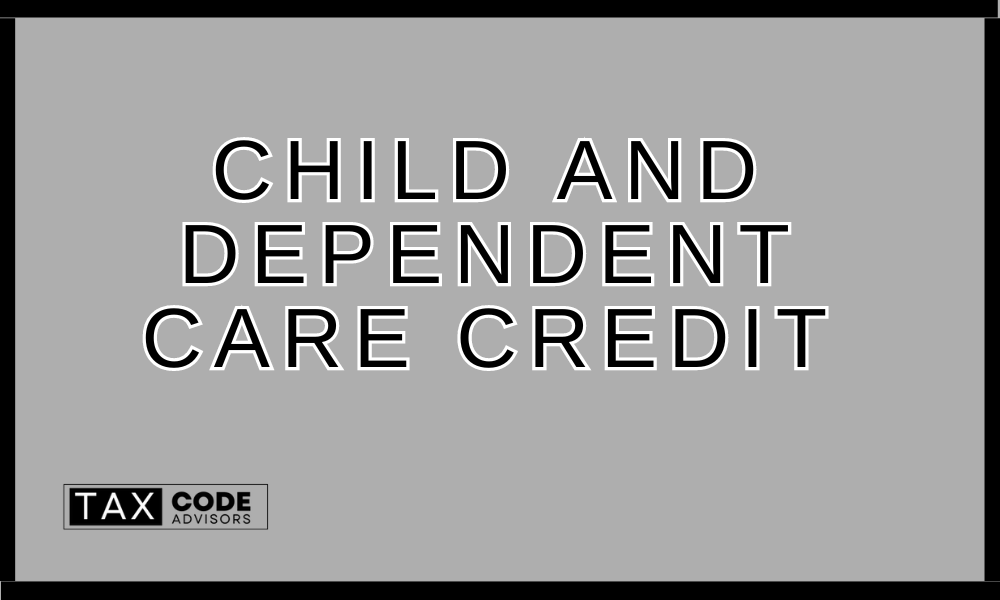
As parents and guardians navigate the complexities of balancing work and family, the U.S. tax code provides a measure of relief in the form of the Child and Dependent Care Credit. This tax credit is designed to aid working parents or guardians in offsetting some of the costs associated with child care and dependent care services. Here’s an essential guide to understanding how this credit works and who can benefit from it.
The Child and Dependent Care Credit is a tax break that allows parents and guardians to claim a percentage of their child care expenses for children under 13, incapacitated spouses, or other dependents unable to care for themselves. Eligible care services include physical care, as well as household services that are partly for the well-being and protection of the qualifying individual.
To qualify for the Child and Dependent Care Credit, the following conditions must be met:
Care for Qualifying Persons: Expenses must be related to the care of dependent children under 13 when the care was provided, or for spouses or certain other dependents who are physically or mentally incapable of self-care.
Work-Related Expenses: The care must have been necessary for you to work or actively look for work. If married, your spouse must also be working, a full-time student, or incapable of self-care.
Earned Income Requirement: You (and your spouse if filing jointly) must have earned income during the year.
Filing Status: Generally, your filing status must be single, head of household, qualifying widow(er) with a dependent child, or married filing jointly.
Provider Information Requirement: You must provide the name, address, and Taxpayer Identification Number (TIN) - either Social Security number or the Employer Identification Number - of the care provider on your tax return.
The credit is worth between 20% to 35% of your allowable expenses. The percentage depends on your adjusted gross income (AGI) and is higher for those with lower incomes.
For 2023, the maximum amount of work-related expenses that you can claim is:
This means that the maximum credit ranges from $600 to $1,050 for one child and $1,200 to $2,100 for two or more children.
To claim the Child and Dependent Care Credit, you must complete Form 2441, "Child and Dependent Care Expenses," and attach it to your Form 1040 tax return. You cannot claim the credit if you use Form 1040EZ or Form 1040NR-EZ.
The Child and Dependent Care Credit can significantly reduce the burden of child care costs, making it a valuable benefit for working parents and guardians. As with any tax credit, it's essential to keep thorough records of all care-related expenses and to ensure that your care provider also reports the necessary information to the IRS. As the rules surrounding tax credits can be complex, it’s recommended to consult a tax professional to maximize the benefits available to you and your family.
For more information, you can visit the IRS website or consult their Publication 503, which details the specifics of child and dependent care expenses. Remember, investing a little time to understand your eligibility for tax credits can result in substantial savings, which can be directed back into caring for and supporting your family's growth and well-being.